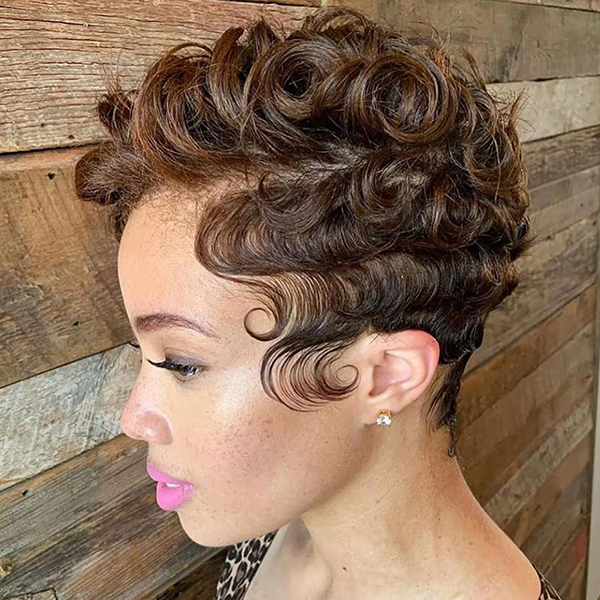Pixie Styling For Textured Hair: Marcel Curls, Flat Irons & Finger Waves
Instagram via @t.techniques
Pixie Hairstyling Tips & Techniques For Highly Textured Hair Nothing gets a double tap faster than a chic, short pixie cut. The foundation of the technique is simple, but what really brings the haircut to life is the styling! So we spoke to a few experts on how to get the look and what tools they prefer when styling gorgeous curls or sleek finger waves. Grab the deets below! The Prep While every stylist has their own unique way of styling a classic pixie cut, the overall prep is universally the same. A relaxer is applied first...





 or
or






